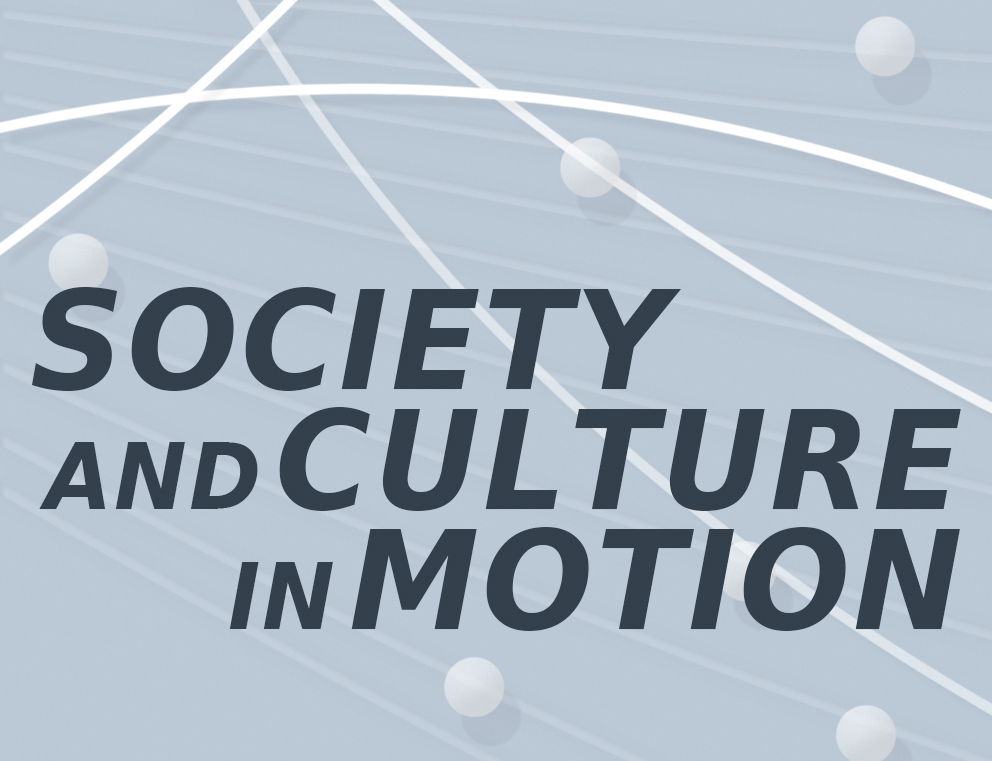Introduction to Clifford: On Ethnographic Allegory
by Christoph Langer
Main points:
In this essay Clifford considers ethnographic accounts as allegorical. He holds the opinion that "transcendent meanings […] are the conditions of its meaningfulness. Ethnographic texts are inescapably allegorical, and a serious acceptance of this fact changes the ways they can be written and read. (99)" Furthermore he claims that ethnographic writing per se enacts like a Western allegory. This means that ethnographic writing explains us through others.
In the next section he describes, what allegory means to him - namely: "allegory says one thing and means another." And why he uses this term instead of for example interpretation. I quote: "Allegory prompts us to say of any cultural description not ’this represents, or symbolizes, that’ but rather ’this is a (morally charged) story about that. (100)" Besides, Clifford explains the process of cultural translation. He emphasizes that if we want to make the other (or a different way of life) comprehensible the ethnographer or anybody else has to use references (images) from his own context. Only in this way the readers may understand the author’s message.
Part three deals with recent changes of allegorical registers. On the basis of Shostak’s work Clifford shows some trends in recent ethnography like giving the indigenous discourse a semi-independent status in texts. Or in other words: "Nisa tells her life." He mentions, for example, autobiography as one potent mechanism for the production of meaning in the West. Whilst discussing different registers of Shostak’s book he concludes that such accounts seem meaningful or truthful. But even so they are allegorical.
In the following part he focuses the retrospect or nostalgic view in ethnography. Clifford names this kind of view that he considers as a result of the textualisation of culture or textual embodiment of culture: "ethnographic pastoral". He takes the allegory of "salvage," a structure of ethnographic writing, as a result of the transport of oral-discursive experience to text. In this way the ethnographer seems to save vanishing cultures. But today, he states, this is not the case anymore, if it ever was like this. There already exist written sources of cultures and a lot of informants are able to read and write. Following Derrida he says: "What matters of ethnography is the claim that all human groups write - if they articulate, classify, possess an ’oral literature’, or inscribe their world in ritual acts" (117). In this way ethnography is not anymore the only authority that "writes", culture is text per se. Ethnographers do not fix oral accounts in written texts anymore. They translate or re-write something that already exists even in another form. In this way the dualism between literate and non-literate does not exist. But the idea to redeem vanishing things persists and in the words of Benjamin it is "one of the strongest impulses in allegory" (119). Clifford holds the opinion that we can only resist this impulse if we open ourselves to different histories. At this point emerges the following question: How can we open ourselves to different histories?
Like a manifest he presents his conclusion in five points (119ff.):
a. "There is no way definitely to separate the factual from the allegorical in cultural accounts."
b. "The meaning of an ethnographic account is uncontrollable."
c. "A recognition of allegory poses the political and ethical dimension of ethnographic writing."
d. "A recognition of allegory complicates the writing and reading of ethnographies in potentially fruitful ways."
e. "A recognition of allegory requires that as readers and writers of ethnographies, we struggle to confront and take responsibility for our systematic construction of others and ourselves through others."
Comments and Criticism:
In general, I agree with Clifford’s conclusions. Only at his second point, that the meaning of an ethnographic account is uncontrollable, I have my doubts: Surely, everybody can understand a text in his own way. But can we really do nothing to direct our readers to an intended meaning? Or is this too idealistic? I think an exact definition of terms in use would be useful.
What we learn from this text is if we do not know it already that we should consider ethnographic accounts like every other story, history or source of so called knowledge in a critical way. We should not be impressed by powerful allegorical registers that give a text authority. It is necessary to look behind the façade. The way to do this is to identify theories and parameters of the historical context from which the specific text emerges. So far about the reading but how about writing? Is the only solution to mark allegories clearly?
In Clifford’s opinion, the fact, that ethnographies have an allegorical dimension, is the smaller problem - because every text has at least a second meaning. The crucial point is, that al lot of ethnographies do not mark allegories. One exception he mentions is The Gift by Marcel Mauss. Mauss marked his book which was written as a response to the breakdown of European reciprocity in World War I as a socialist-humanist allegory.
Another point I like to put forward: Clifford’s argumentation focuses on allegory as a result of translation. But, what is about "real culture events" that he mentions in the beginning? What can be granted for real in cultural descriptions? The topic is: What is a good proof? How can we construct a convincing text? Having in mind Clifford’s text the answer could be: transcendent meanings that mean allegories. Are powerful allegories good proofs?
Clifford speaks about allegory, second meaning or transcendent meaning. But I wonder: Why does he not speak about stereotypes, categories or clichés? In my opinion these terms are a part of allegory and in this way part of every text.
Literature:
Clifford, James, 1986, On Ethnographic Allegory, in: Writing Culture (eds. James Clifford & George E Marcus) Berkley: University of California Press, 98-121.


